Diseases & Disorders
All Diseases & Disorders Content

Does Crown Rust in Oats Cause Problems for Livestock?
When wet, cool conditions predominate in the spring, crop producers may have to deal with crown rust in oats. When this crop disease is abundant, questions from livestock producers arise. Could crown rust in oats harm livestock if it’s present on pasture or in hay?
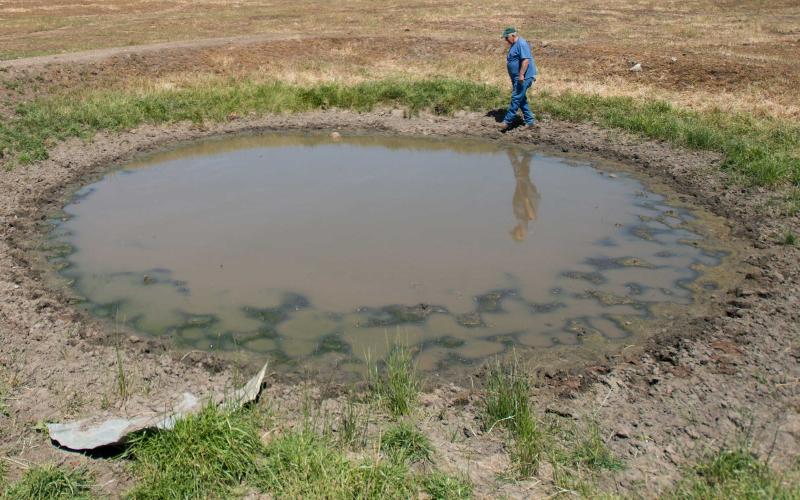
How Do Sulfates in Water Affect Livestock Health?
Poor-quality water will cause an animal to drink less. As a result, they also consume less forage and feed, which leads to weight loss, decreased milk production and lower fertility.
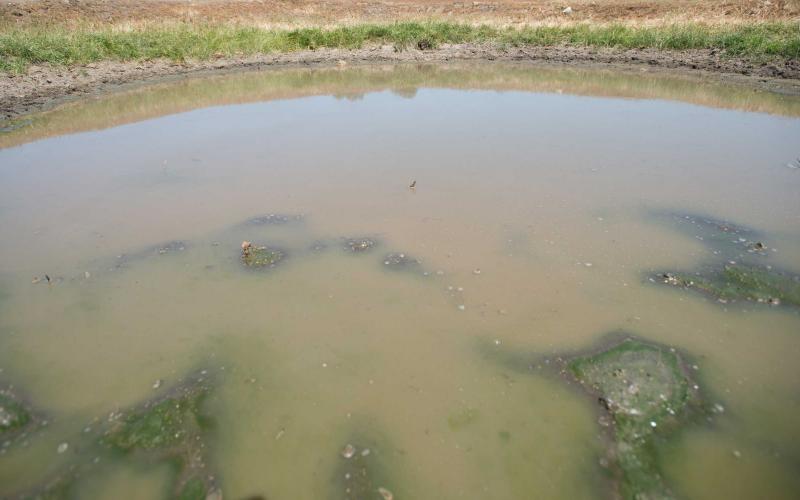
How Important Is Water Quality to Livestock?
Water is the most important nutrient to all livestock animals and is sometimes overlooked. Poor quality water can have a negative effect on growth, reproduction, and general productivity of the animal.
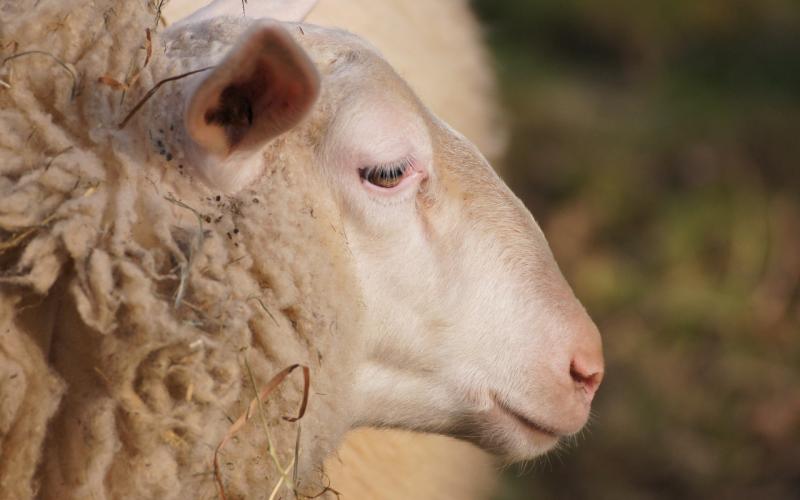
Sore Mouth: A “Pox” Virus for Sheep
Just like in children or adults who contract the dreaded chicken pox, sheep and goats can catch their own similar “pox” virus called Sore Mouth, technically known as Contagious Ecthyma. This health problem is most recognizable by red blisters or thick brown scabs on the skin around the lips or muzzle area.
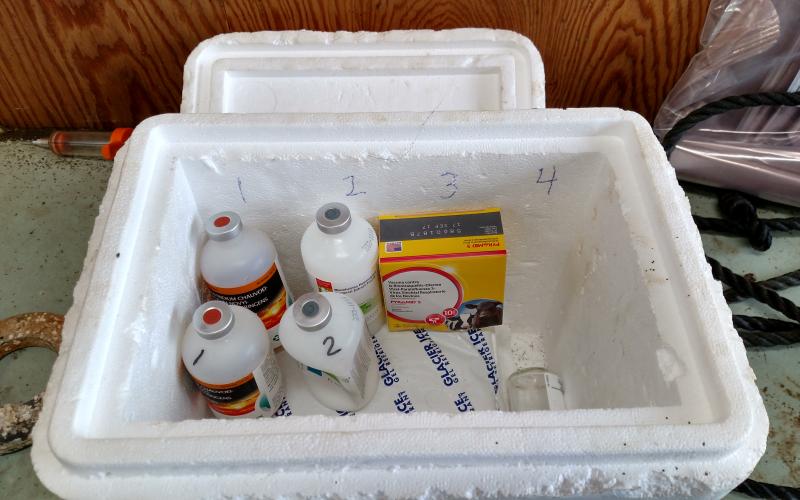
Keeping Your Vaccines Viable
Vaccines are a vital part of keeping all livestock healthy. Vaccines help in the prevention of disease, which results in less utilization of antibiotics due to fewer sick animals. A valid vet-client-patient relationship will help you as you select the vaccine of choice for your livestock health program.
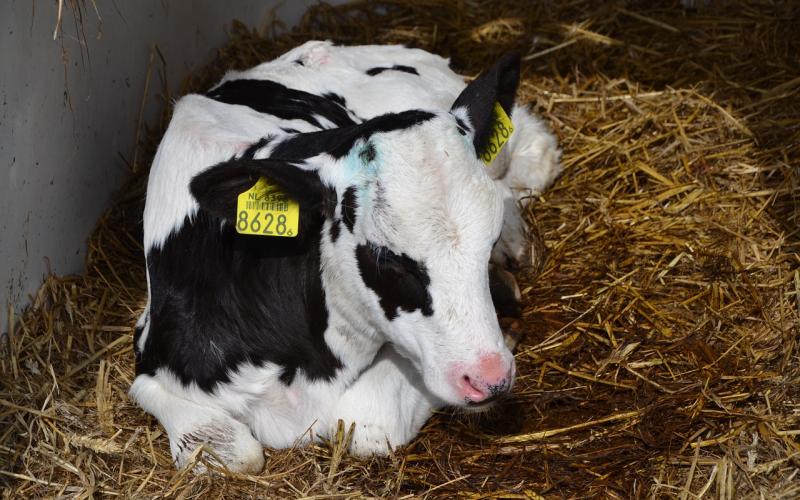
Ringworm: Don’t Let it Ruin Your Show Season
Ringworm is a common problem in animals that can bring a show season to a screeching halt.
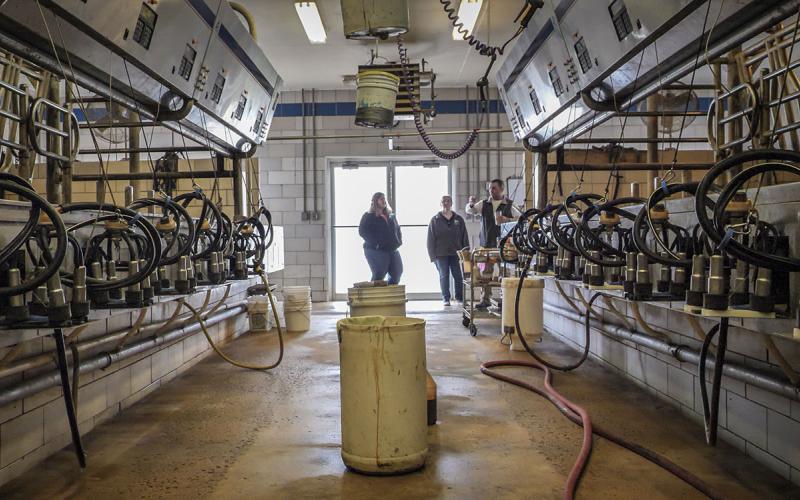
Factores que Afectan la Condición de la Piel del Pezón en el Invierno
Poco a poco y casi sin darnos cuenta, nos vamos adentrando en la estación más fría del año. Prepararnos para la llegada del invierno es importante para asegurar el bienestar animal.

Factors Affecting Teat Skin Condition in Winter
Even though cows are housed in many parts of the country, cold weather may play an important factor in udder health and milk quality.
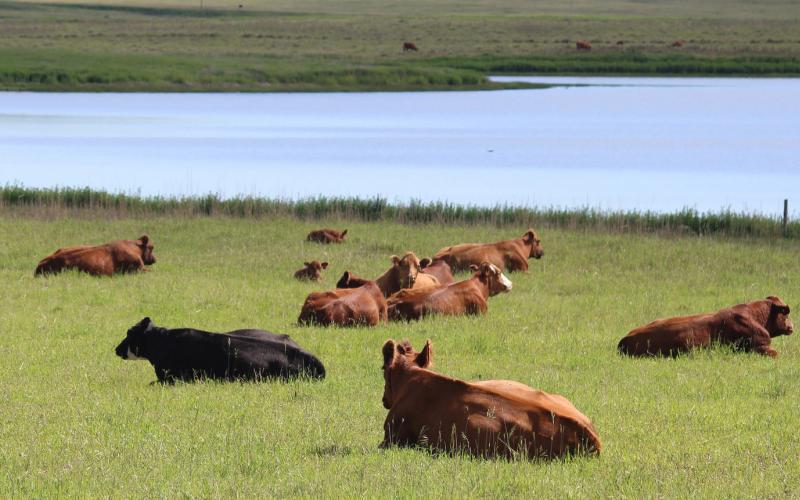
Parasite Control for Cow Calf Operations
Spring is coming and with calving season underway it is important to keep our eyes forward on to the next step in production.

Neospora-Positive Status: Impact on heifers/cows and their calves
Neospora caninum is a protozoal germ that has the potential to affect reproduction in beef and dairy herds. Neospora-related reproductive problems can arise from two different kinds of infected cattle: 1) cows or heifers that became infected by eating contaminated feed, and 2) cows or heifers that were born with Neospora and pass it on to their offspring in utero.